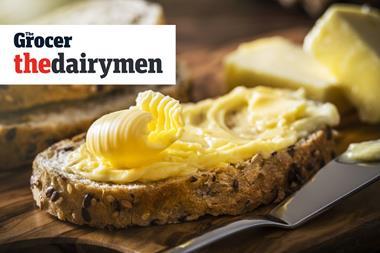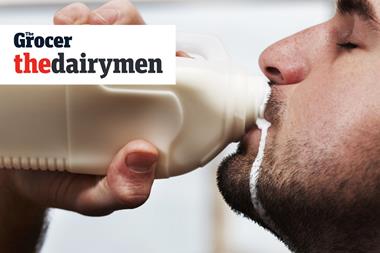Becket McGrath, co-chair of the antitrust group at Edwards Wildman, sums up what deal-hungry dairy companies need to know
Competition is one of those areas of the law where clients sometimes end up being more confused after you’ve advised them than before they walked into your office.
It’s not difficult to see why – competition law cases tend to be fact-specific and final outcomes can be influenced by the subjective decisions of officials, no matter what the black-letter law says. Things can get even more complicated when government ministers get involved, as the dairy industry knows only too well.
When I was at the Office of Fair Trading, I was involved in a merger referral decision that came down to a show of hands of those present. And one merger case I worked on as a competition lawyer in private practice turned on whether there was a market for Christmas hamper savings schemes (fortunately for my client, the OFT concluded there wasn’t).
Debate is understandably intense in the dairy trade about which deals may or may not spark competition authority interest. The sector has been marked by a continuous process of regional and national consolidation, which accelerated this year with the acquisition of Robert Wiseman by Müller and the planned merger between Milk Link and Arla.
While we are some way off the recreation of the old state-sponsored monopolies, these deals have naturally brought competition law considerations to the fore. With further consolidation expected, customers of the large dairy processors – as well as companies looking at deals themselves – may well be asking themselves how far this process can go before the authorities call a halt.
So what are the key issues to look out for?
First, don’t be blinded by size. People can get terribly hung up about how big a deal is, but it really isn’t a reliable indicator of what will and won’t raise eyebrows at the competition authorities. I have seen deals worth no more than £400,000 be subject to detailed competition reviews and much bigger ones clear without a hitch.
Second, remember the most important question is whether the merger under review will lead to substantially less competition. This is relevant not because competition is desirable in itself, but because less competition tends to lead to higher prices for customers, lower quality and less innovation.
To assess the impact of a merger, it is necessary to define the economic market affected. This is one of the main causes of uncertainty in merger cases, but UK dairy cases now follow a well-established path, as set out by the Competition Commission in its in-depth investigation of the merger of Arla and Express Dairies back in 2003, with the European Commission adopting a broadly similar approach. This certainly helps reduce the uncertainty in dairy mergers.
Anyone trying to gauge what future dairy deals may be possible should ask whether the parties currently supply the same products to the same customers in the same area. If they do – and one or both of the parties have significant market shares – any deal is likely to face an in-depth review and may require concessions, such as business disposals.
Finally, act early. Turning a general rule of thumb into a specific deal strategy requires a great deal of analysis, so it’s vital to think about potential competition implications early. No-one will be surprised to hear a competition lawyer banging the drum for competition law advice, but I’m astonished to see how far deals can progress before anyone thinks to get competition specialists involved. In fact, sometimes it happens only when the OFT starts asking questions, which may be well after the deal is closed.
To avoid wasting time and money in the long run, competition lawyers – and potentially a good set of economists – should be at the negotiation table of any new dairy deal as early as possible.
Topics
Watch the video preview of this year's Dairymen

The Grocer challenged creative agency Synergis to come up with new designs to refresh the fixture and give premium, added-value milks greater stand-out.
- 1
 Currently
reading
Currently
reading
Got the urge to merge? Then be prepared
- 3
- 4
























No comments yet